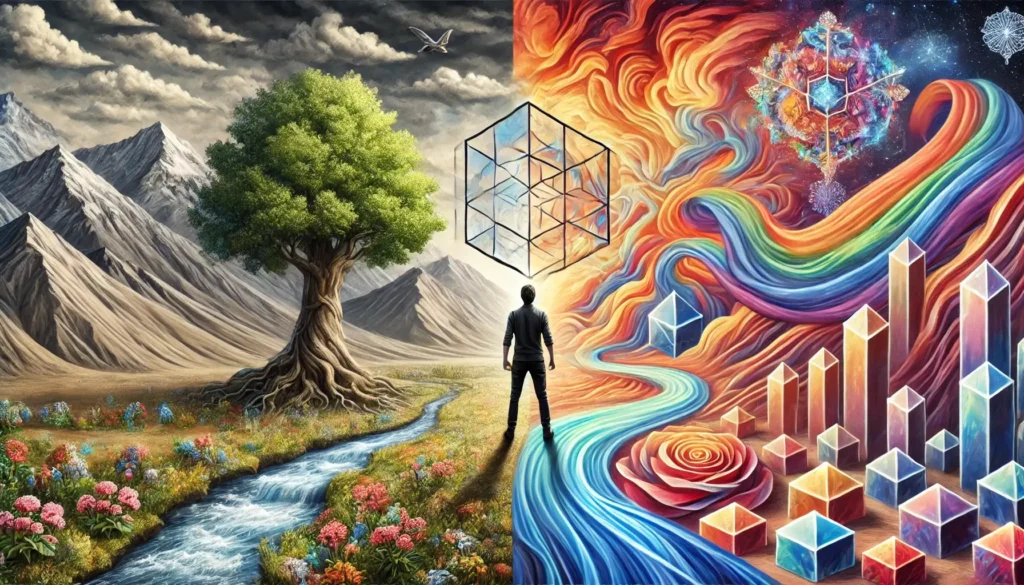Social Media and the Outrage Economy
Anger Sells
Social media was supposed to connect people. Instead, it connected us to an endless feed of outrage. Every click, like, and share fuels an economy where anger isn’t just expressed — it’s monetised.
The irony? Outrage is now worth more online than truth, reason, or nuance. Platforms don’t care who’s right — they care who’s loudest. And nothing spreads faster than fury.
How Social Media Weaponised Outrage
The outrage economy runs on algorithms. These platforms discovered early on that:
- Anger keeps people scrolling.
- Controversy gets more engagement than consensus.
- Polarisation glues users to their feeds.
So outrage became the product. Calm debate? It sinks. Fury? It trends.
The Outrage Marketplace
On social media, victimhood and villainy are commodities. People compete for attention by casting themselves as victims or exposing others as oppressors.
- Hashtags: Movements like #MeToo or #BLM gain traction by framing moral urgency.
- Viral clips: A 10-second outrage video outperforms a 10-page report.
- Influencers: Outrage personalities build careers by stoking perpetual grievance.
It’s the stock market of anger. Each new scandal is another trading day.
Who Profits from Outrage?
Plenty of people — but not the users.
- Platforms: Outrage = engagement. Engagement = ad revenue. Facebook and X cash in every time we rage-scroll.
- Activists: Nothing mobilises donations like anger. NGOs know this — outrage is their marketing budget.
- Corporations: Jump on a trending hashtag, slap a rainbow on your logo, and watch the likes roll in.
- Politicians: Outrage cycles set the agenda. Laws are drafted not by deliberation, but by viral campaigns.
Everyone wins — except the public, who drown in anger fatigue.
The Costs of the Outrage Economy
The anger industry comes at a price:
- Division: Outrage thrives on us vs. them. Every debate turns into a tribal war.
- Exhaustion: Constant scandal leaves people cynical, disengaged, or numb.
- Shallow Politics: Serious issues are reduced to 280-character slogans.
- Permanent Crisis: Outrage can never end — the platforms need it to survive.
It’s less democracy, more dopamine democracy: outrage as a drug we can’t quit.
Conclusion: Outrage is the Product
Social media doesn’t just host outrage — it manufactures it, packages it, and sells it back to us. Platforms profit, corporations virtue-signal, politicians ride the waves.
Outrage is the product — but it doesn’t exist in isolation. The same tactics of distraction and language policing play out daily in mainstream media too. For a deeper look at how words themselves became weapons, see our explainer on Media & Language Battles.
And us? We get angrier, lonelier, and less capable of solving real problems. In the outrage economy, calm is bankruptcy.
FAQ: Social Media and Outrage
Q: What is the outrage economy?
It’s the system where platforms, corporations, and activists profit from anger-driven engagement.
Q: Why does social media promote outrage?
Because it drives clicks, shares, and ad revenue far better than calm discussion.
Q: Who benefits from outrage?
Big Tech platforms, activists, corporations, and politicians — not ordinary users.
Q: What are the consequences?
Division, exhaustion, shallow politics, and a society stuck in permanent crisis.
Q: Can it change?
Not easily. Outrage is built into the business model of social media.



